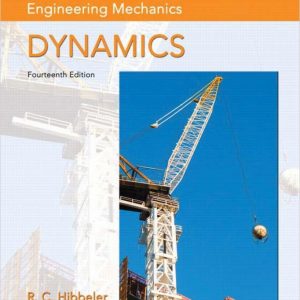Dynamics is increasingly being identified by consulting engineers as one of the key skills which should to be taught in civil engineering degree programs. This is driven by the trend towards lighter, more vibration-prone structures, the identification of new threats such as terrorist attacks, the growth of business in earthquake regions, and the increased availability of sophisticated dynamic analysis tools.
Martin Williams’ Structural Dynamics (PDF) presents this short, accessible introduction to the area of structural dynamics. He begins by describing dynamic systems and their representation for analytical purposes. The 2 main chapters deal with the linear analysis of a single (SDOF) and multi-degree-of-freedom (MDOF) systems, under free vibration, and in response to a variety of forcing functions. Hand analysis of continuous systems is covered briefly to illustrate the key principles. Methods of calculation of non-linear dynamic response are also discussed. Lastly, the key principles of random vibration analysis are presented – this approach is crucial for wind engineering and is increasingly important for other load cases.
An appendix briefly summarizes relevant mathematical techniques. Extensive use is made of worked examples, mostly drawn from civil engineering (though not exclusively – there is considerable benefit to be gained from emphasizing the commonality with other branches of engineering). This introductory dynamics textbook is aimed at upper-level civil engineering undergraduates and those starting an M.Sc. course in the area.
NOTE: This sale only includes the ebook Structural Dynamics by Williams in PDF. No access codes included.






Reviews
There are no reviews yet.